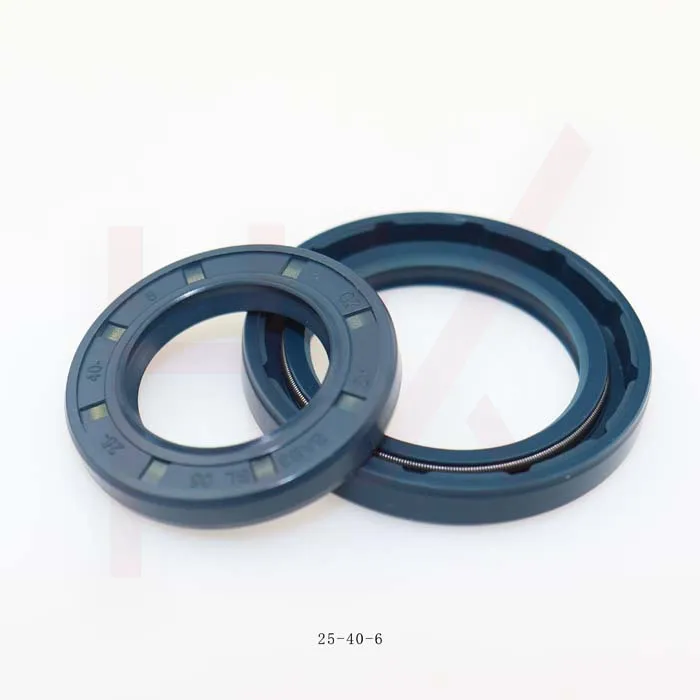ធ្នូ . 01, 2024 03:53 Back to list
hydraulic cylinder seal repair
Hydraulic Cylinder Seal Repair Importance and Steps
Hydraulic cylinders are essential components in many industrial applications, providing the necessary force to lift, push, pull, or perform other tasks. However, over time, the seals within these cylinders can wear down or become damaged, leading to leaks and decreased efficiency. Repairing these seals is critical for maintaining the performance and lifespan of hydraulic systems.
Understanding the Problem
Hydraulic seals are designed to keep hydraulic fluid contained within the cylinder, ensuring that the system operates smoothly. Factors such as temperature fluctuations, contamination from dirt or debris, and normal wear and tear can degrade the seals. When a seal fails, it can result in hydraulic fluid leaking out, which not only represents a loss of fluid but can also create safety hazards and damage the equipment further.
Why Repairing Seals Matters
Repairing hydraulic cylinder seals is often more cost-effective than replacing the entire cylinder and helps in minimizing downtime in operations. A well-functioning hydraulic system is crucial for productivity, as even minor leaks can lead to significant efficiency losses. Additionally, prompt repairs can prevent collateral damage to other components, saving both time and money in the long run.
Steps for Seal Repair
1. Diagnosis The first step in the repair process is to diagnose the problem. This involves inspecting the hydraulic cylinder for signs of wear, such as leaking fluid and damage to the outer casing.
hydraulic cylinder seal repair

2. Disassembly Once the issue has been identified, the next step is to disassemble the hydraulic cylinder. This should be done carefully to avoid causing further damage to other parts.
3. Cleaning After disassembly, all components must be cleaned thoroughly to remove any sludge, debris, or old seal material. This is essential for ensuring a proper seal when reassembly occurs.
4. Replacing Seals The next step involves removing the old seals and replacing them with new ones. It's important to choose seals that are compatible with the specific hydraulic system and the fluids used.
5. Reassembly Once the new seals are in place, the hydraulic cylinder can be reassembled. Special attention should be paid to the torque specifications to ensure that everything is tightened correctly.
6. Testing After reassembly, it’s crucial to test the system. This includes examining for any signs of leakage and ensuring that the hydraulic cylinder operates smoothly under pressure.
7. Maintenance Lastly, establishing a regular maintenance routine can help to prolong the life of hydraulic seals and prevent future failures. This includes regular inspections and timely replacements.
In conclusion, repairing hydraulic cylinder seals is an essential aspect of maintaining hydraulic systems. By understanding the importance of repair and following the correct procedures, you can ensure the efficiency and safety of your operations, ultimately saving time and cost associated with equipment failures.
-
TCN Oil Seal Metal Ring Reinforcement for Heavy Machinery
NewsJul.25,2025
-
Rotary Lip Seal Spring-Loaded Design for High-Speed Applications
NewsJul.25,2025
-
Hydraulic Cylinder Seals Polyurethane Material for High-Impact Jobs
NewsJul.25,2025
-
High Pressure Oil Seal Polyurethane Coating Wear Resistance
NewsJul.25,2025
-
Dust Proof Seal Double Lip Design for Construction Equipment
NewsJul.25,2025
-
Hub Seal Polyurethane Wear Resistance in Agricultural Vehicles
NewsJul.25,2025
-
The Trans-formative Journey of Wheel Hub Oil Seals
NewsJun.06,2025
Products categories
















